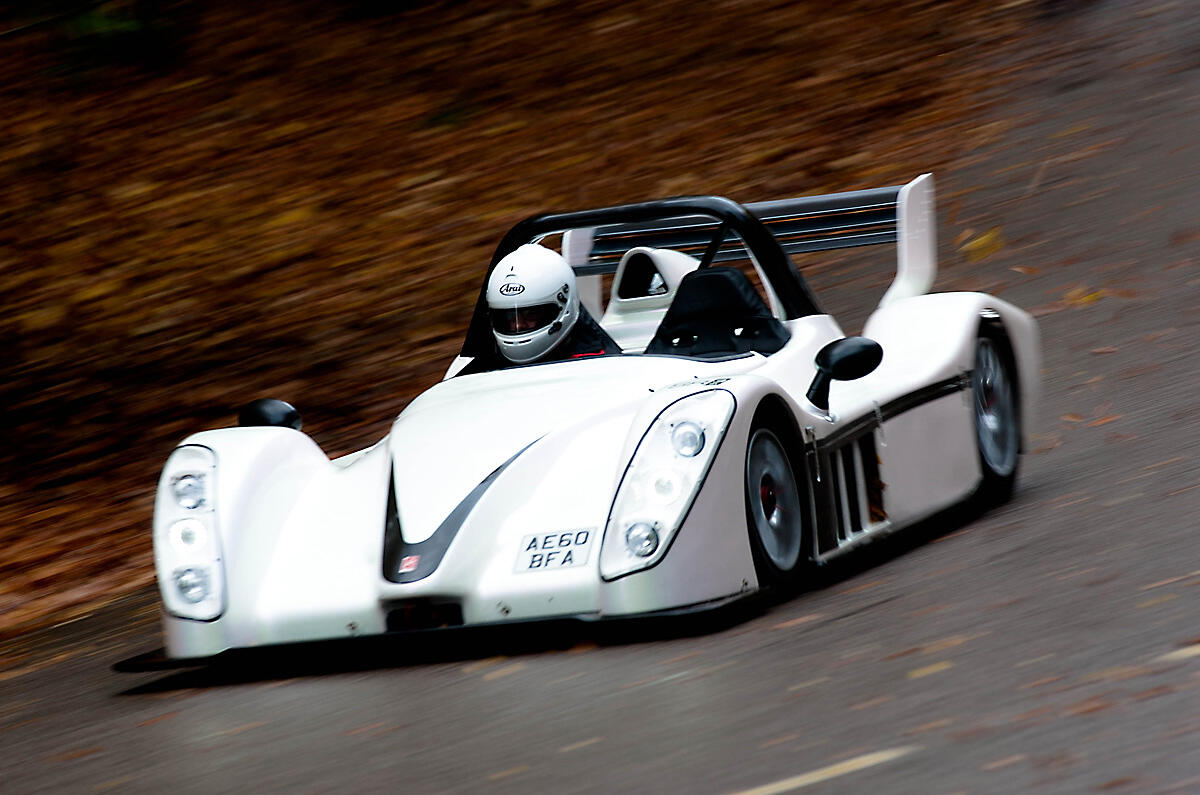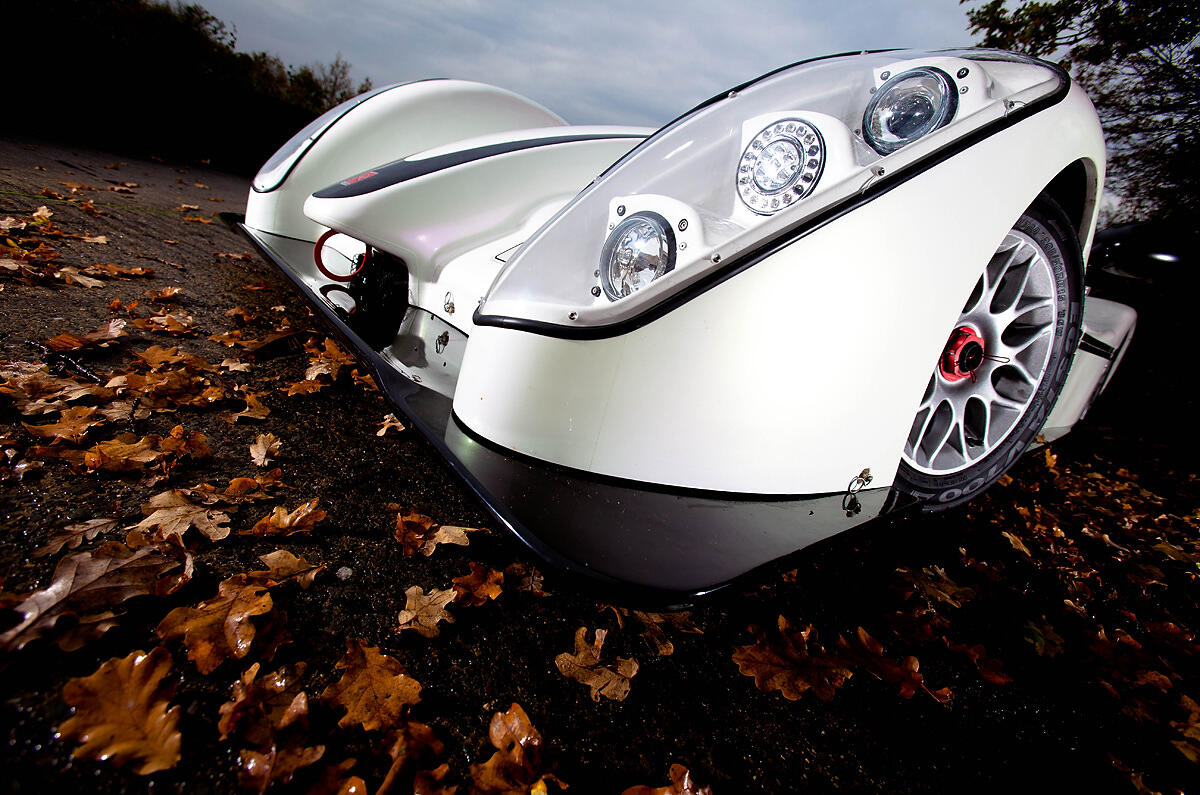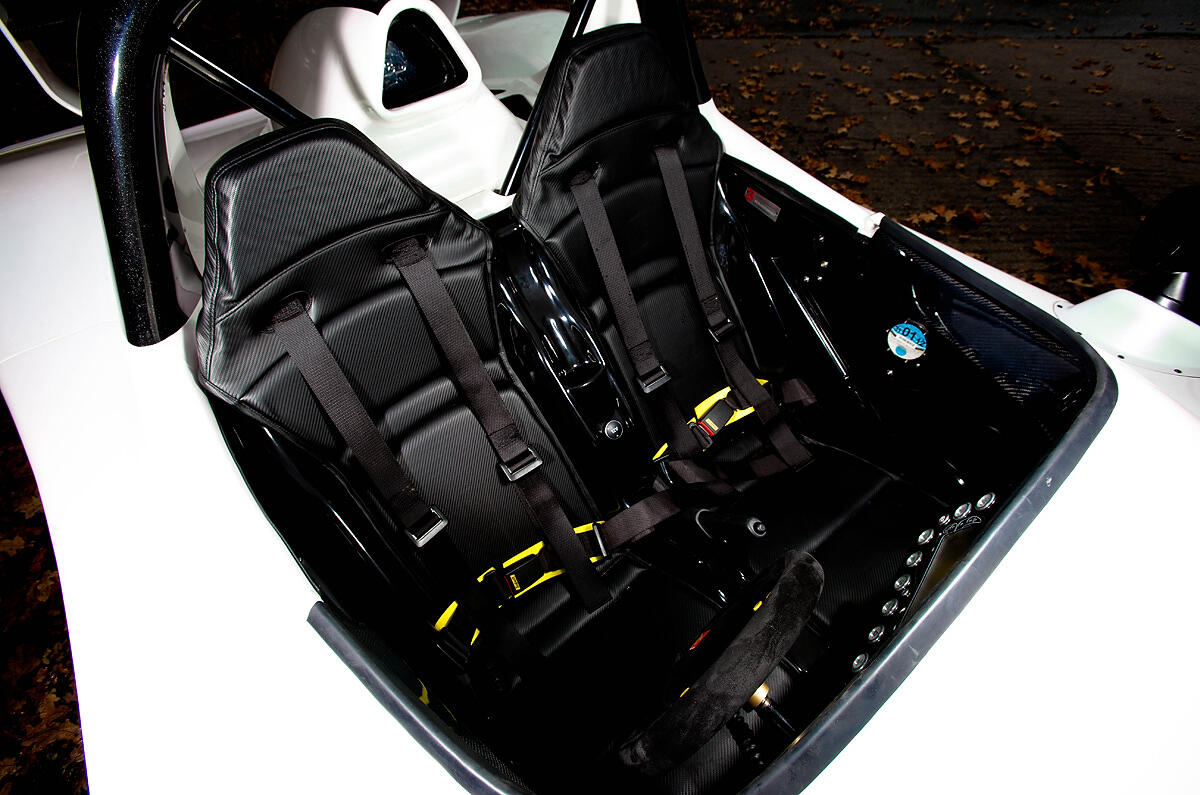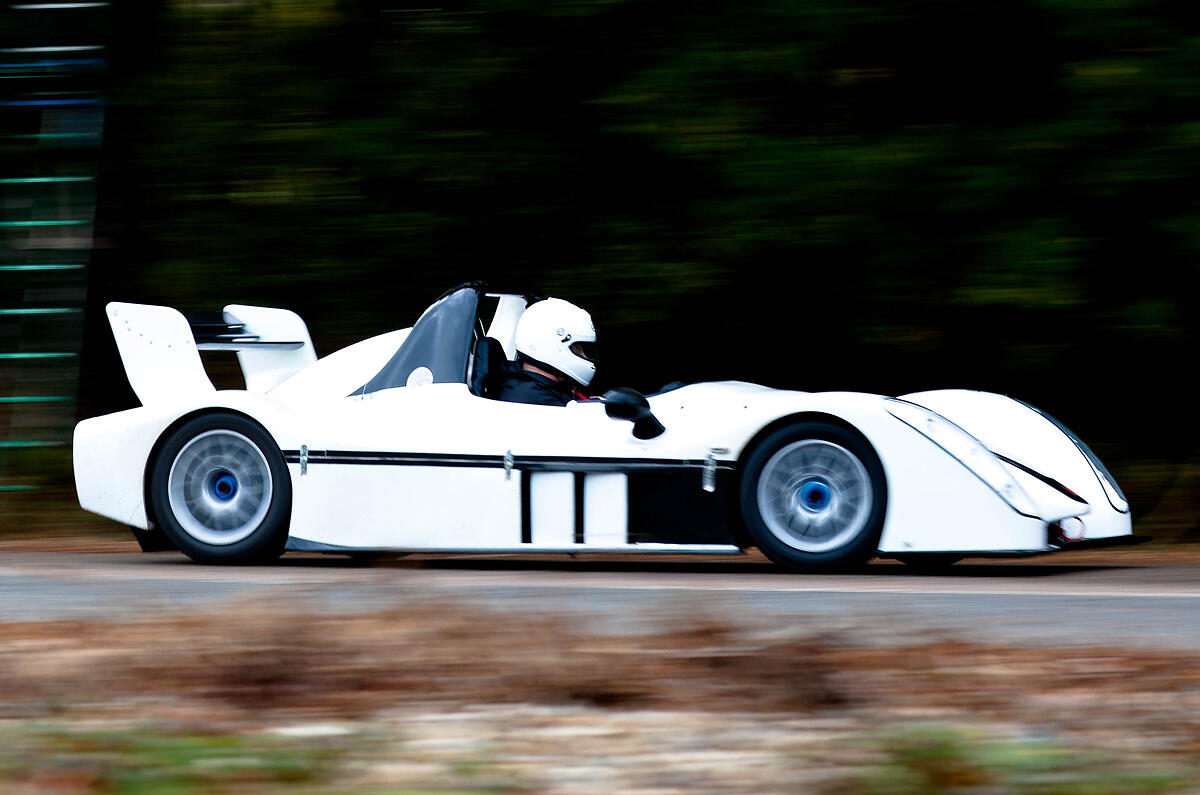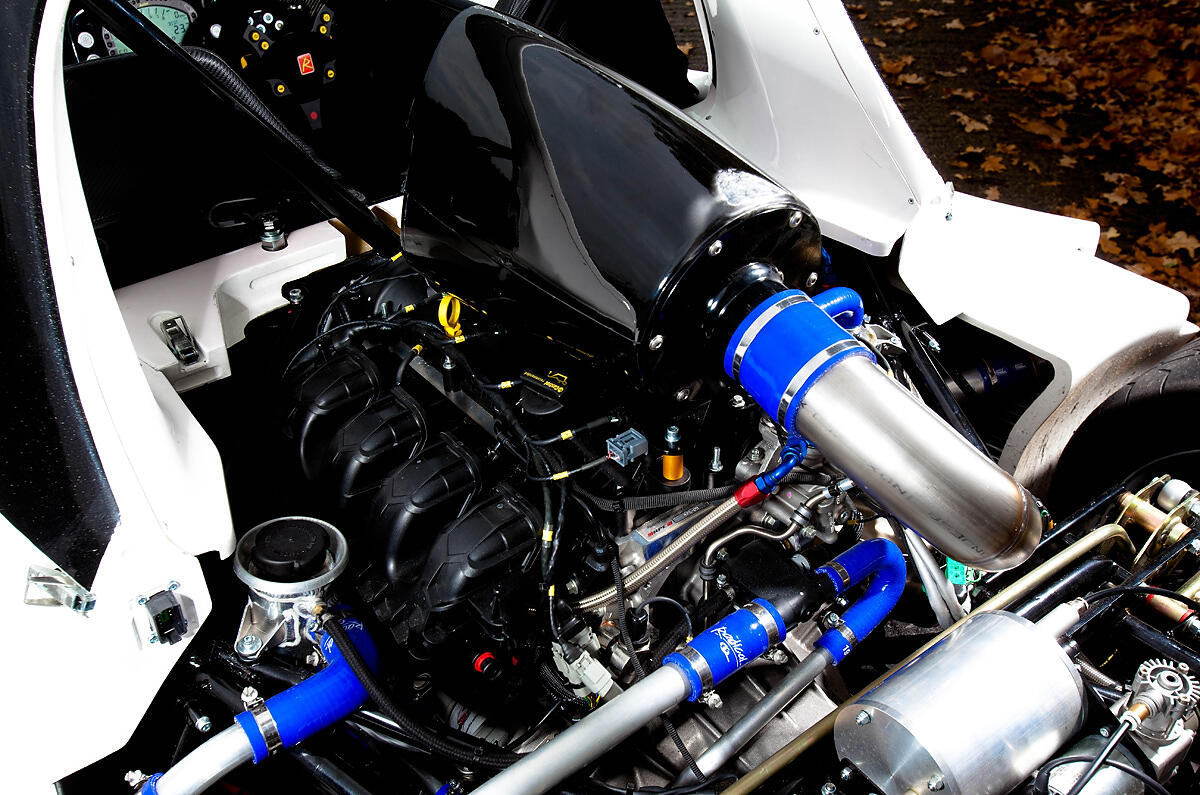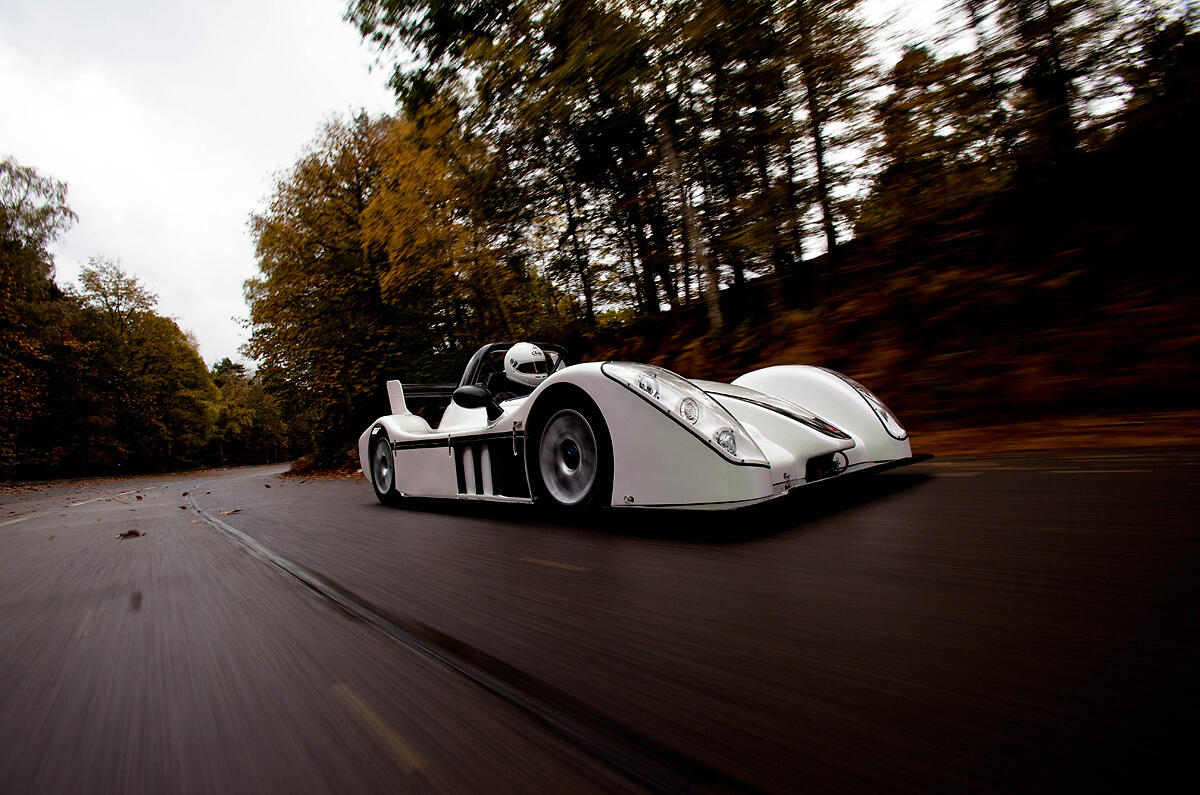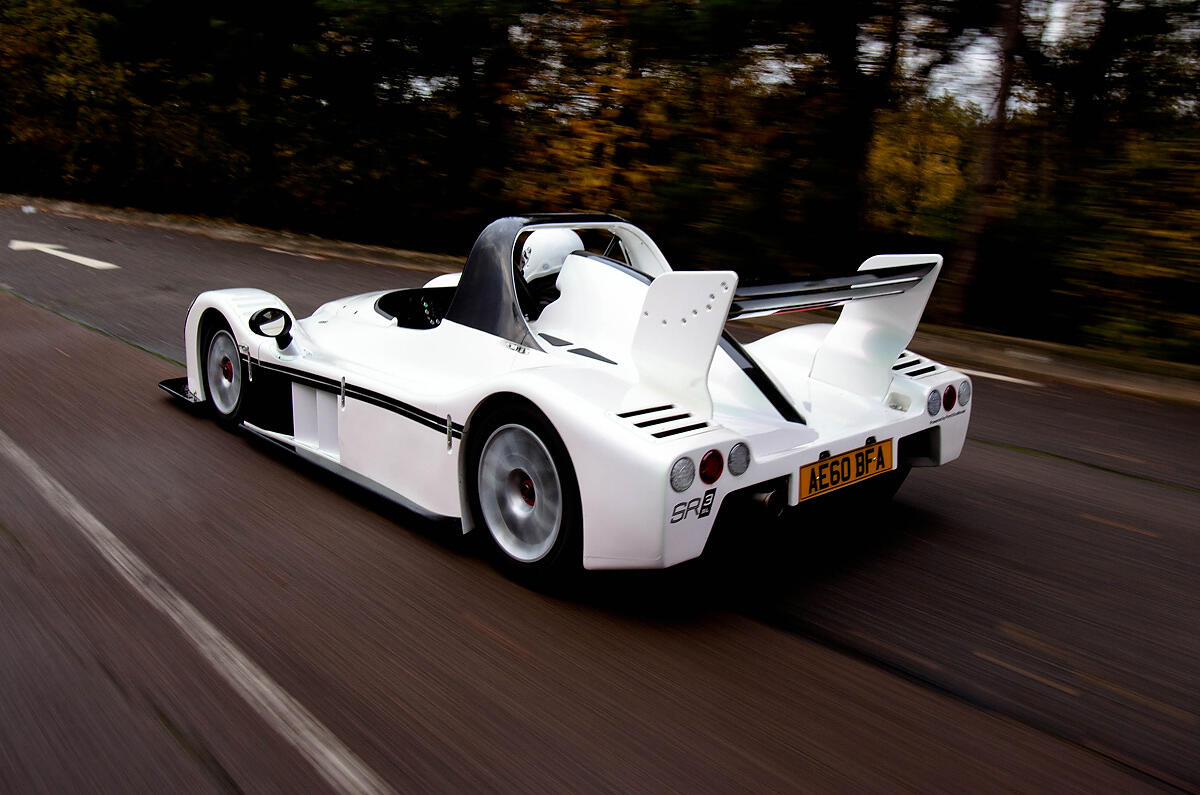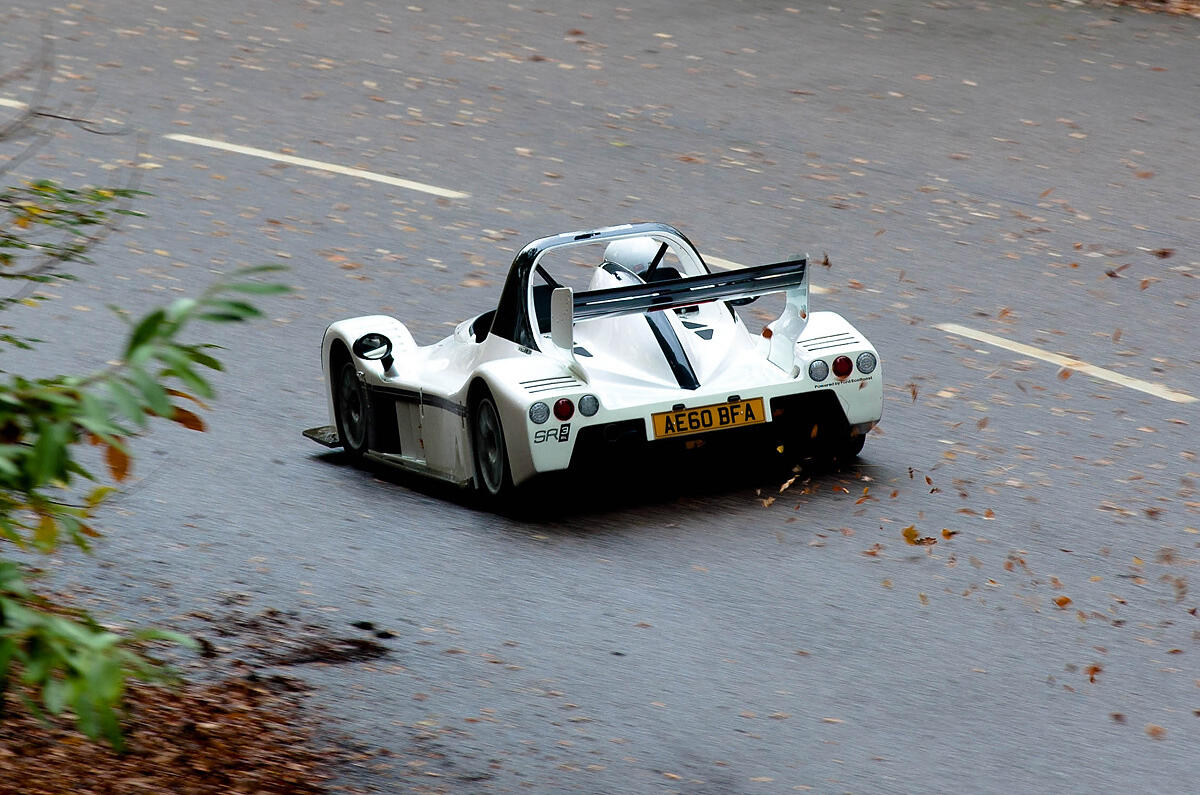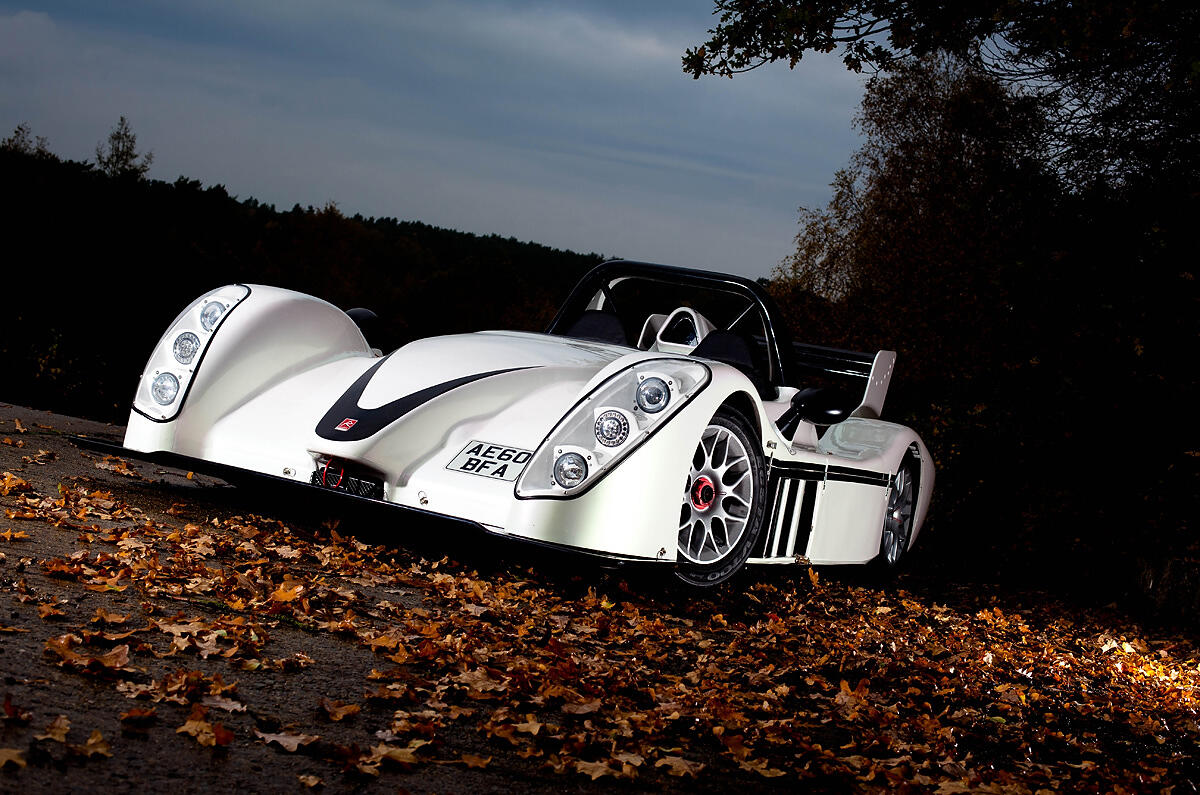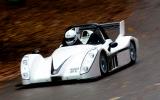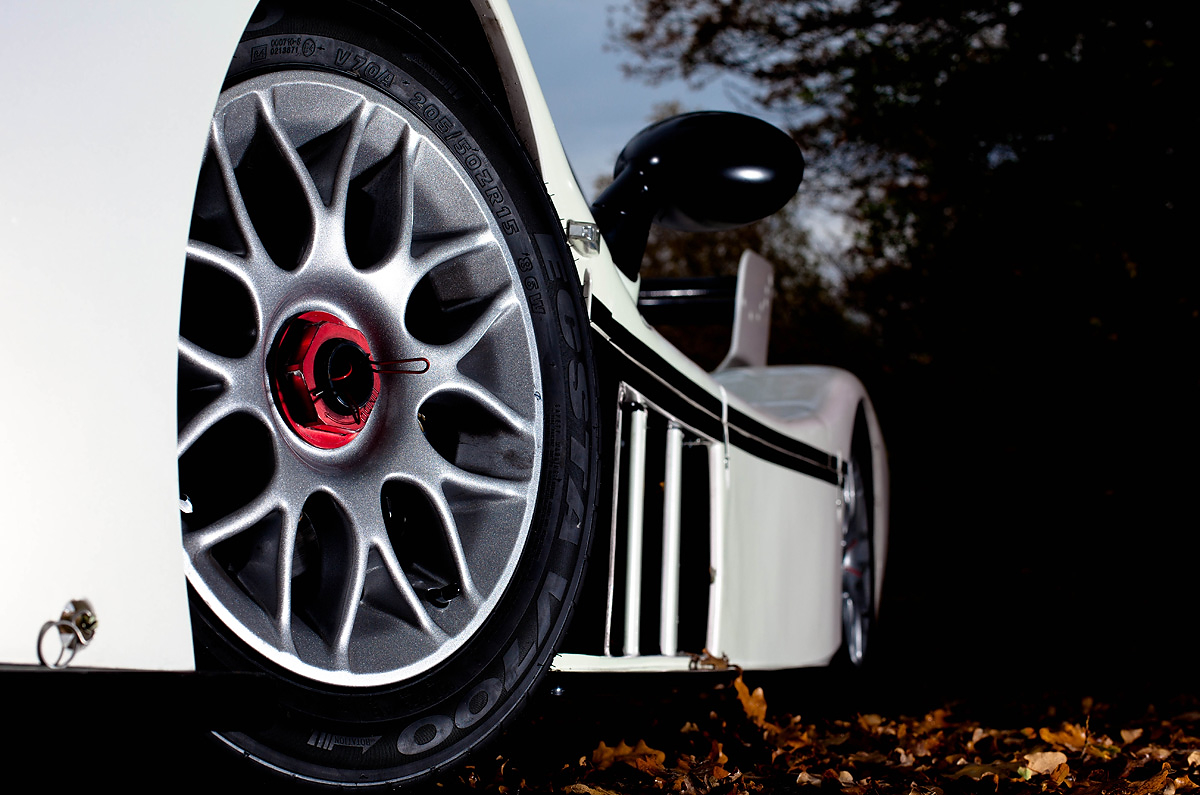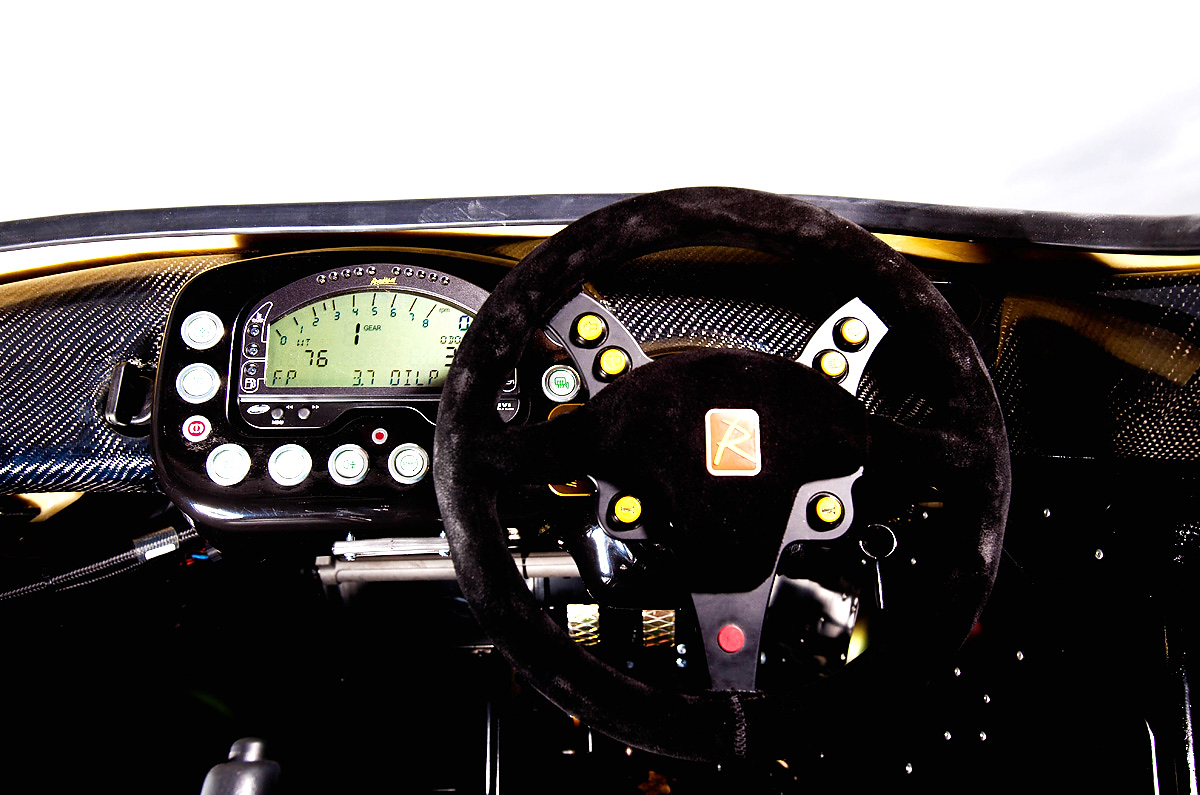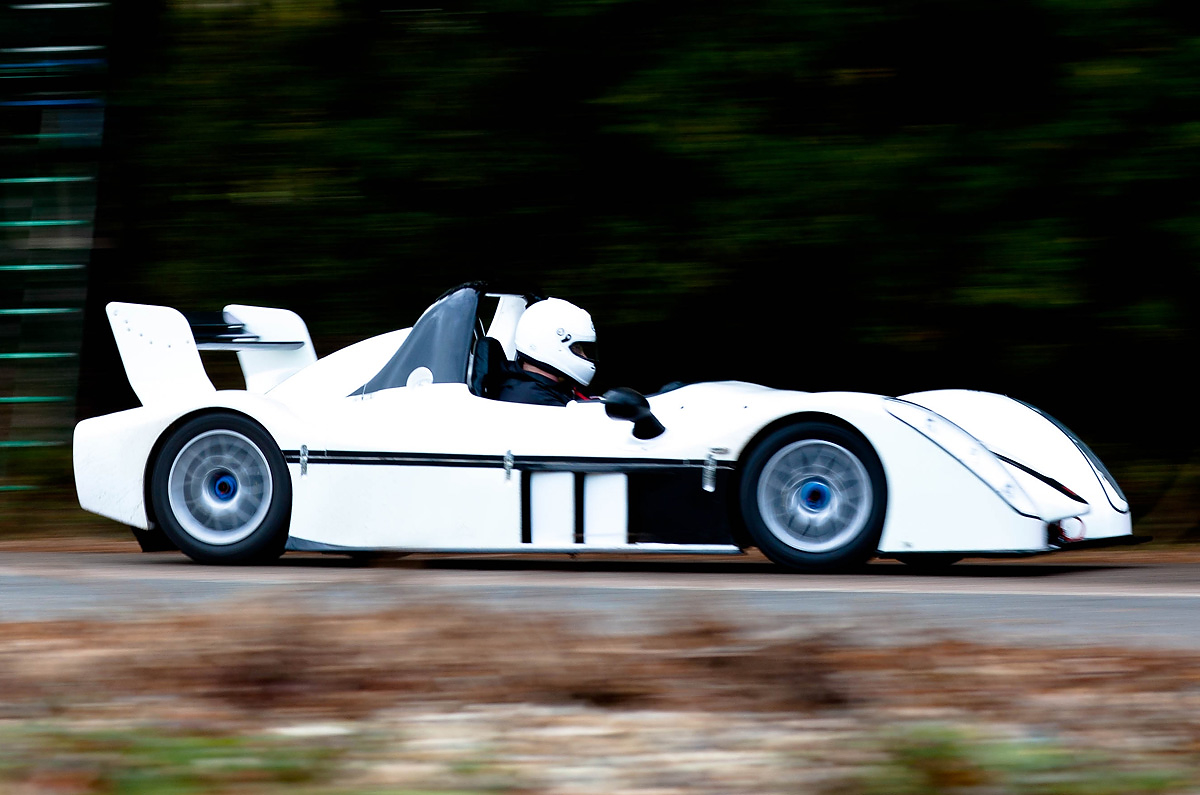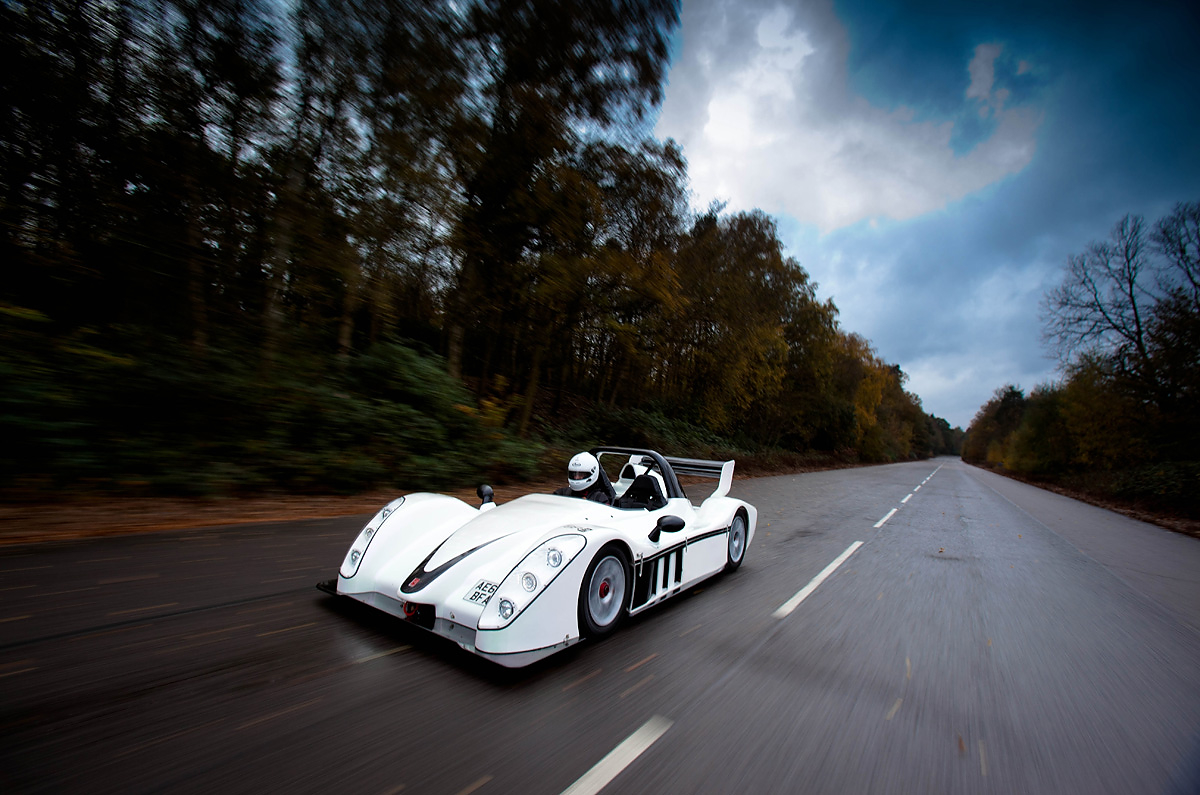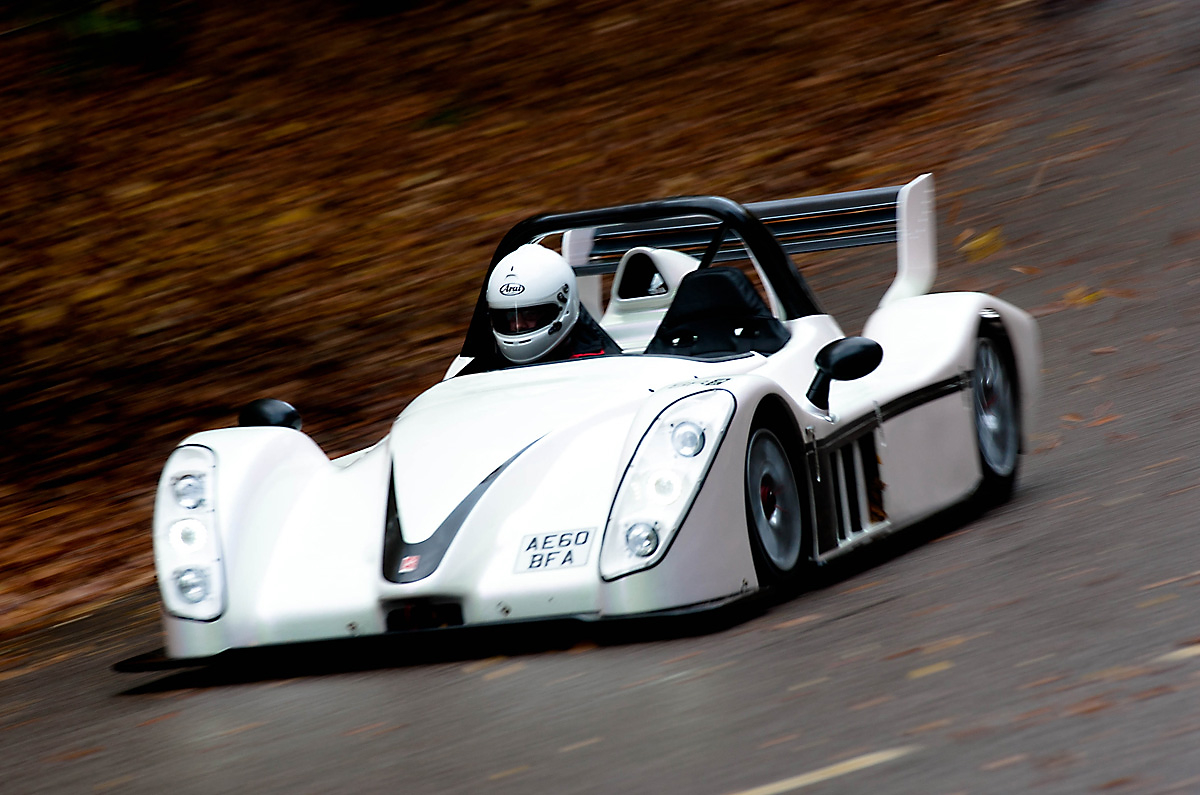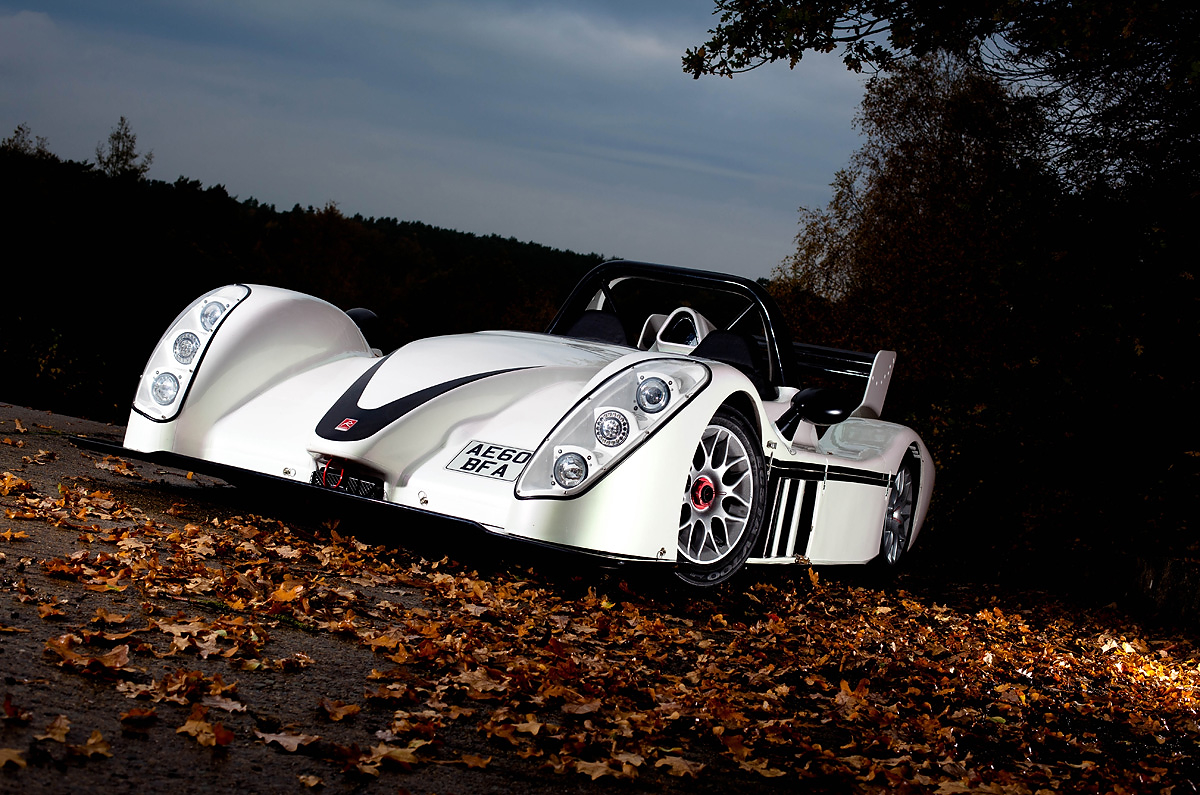At first glance the SR3 SL still looks like a pitlane refugee, but closer inspection reveals there are areas where it departs from the Radical norm. The existing SR3 is Radical’s most popular car – more than 600 have been sold – and while they can be made road legal, many are not and that is not their ethos.
The SR3 SL, though, is different. The ‘SL’ in the name stands for Street Legal; instead of the IVA single-vehicle type approval process that has previously been applied to the SR3 (limiting the number of cars that can be road registered to 300), the SL has been through the European type approval process.
This allows Radical to make up to 2000 cars and sell them throughout the EU – and mainland Europe is where much of the demand has come from. It’s not a simple process, and it isn’t cheap (Radical has invested in the region of £750,000 doing it).
Visually, there are some obvious changes, such as broader radii around the front splitter and the cockpit edge. The rear wing is narrower so that it doesn’t reach the body’s edges, and the wheels sit further inboard than usual. They all lend the SL a slightly odd look that’s less pure than other Radicals. It looks less fast.
However, the significant changes are beneath the car’s glassfibre bodywork. Radicals traditionally come equipped with a superbike engine of 1300-1500cc (usually a Suzuki Hayabusa-derived unit), but the SL has a Ford 2.0-litre turbocharged motor, developing 300bhp.
Why the Ford unit? It meets Euro 5 emissions regulations and is new, so it should lead a prolonged life (it will eventually get through Euro 6, too). It also requires no overtly complicated modifications to output 300bhp either, so it’s cheaper than, say, the Cosworth-tuned 2.3-litre unit used by Caterham and BAC. A potential downside is some whooshy turbo lag, which can be no great fun in a car this light; the SL tipped our scales at 765kg.
The engine is bolted to a six-speed sequential transaxle, which encompasses a limited-slip differential and is supplied by Quaife to a unique Radical specification, while shifts are by Radical’s own pneumatic actuator.
The whole shebang is fitted to an FIA-approved steel spaceframe, with aluminium front crash structure and double wishbones at either end.




